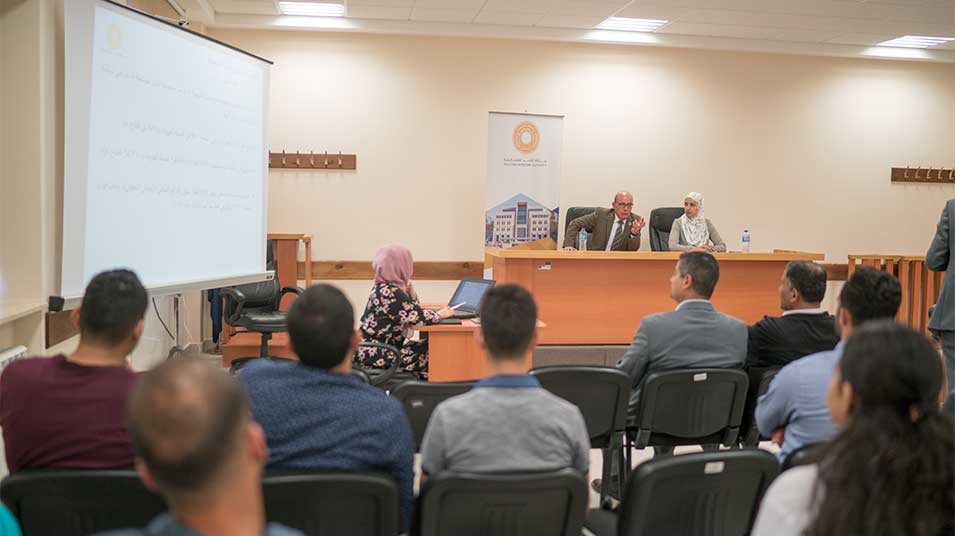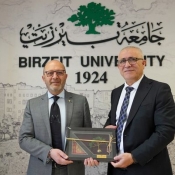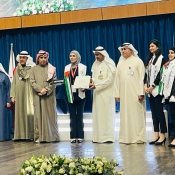Lecture introduces Palestine Monetary Authority, challenges to the local economy
The Department of Accounting at Birzeit University, in cooperation with the Master’s Program in Law, organized a lecture entitled “An Introduction to the Palestine Monetary Authority’s Structure and Responsibilities” on March 27, 2018.
The lecture, led by Director of the Research and Monetary Policy Department at the Palestine Monetary Authority Dr. Mohammad Atallah, aimed to familiarize students with the organizational structure, duties, and goals of the authority.
Atallah gave a brief overview of the economic environment in Palestine, detailing the key obstacles that it faces, such as the Israeli Occupation’s repressive practices, foreign aid cutbacks, lack of political stability in the Arab region, lack of control over borders and many parts of the West Bank (Area C), and the Fatah-Hamas division.
“The Palestine Monetary Authority,” Atallah said, “emerged from the Protocol on Economic Relations (the Paris Protocol) signed by the PLO and Israel. It was established in 1994 as an independent organization responsible for composing and framing monetary and banking policies in the Palestinian territories.”
In 2007, Atallah added, the monetary authority adopted a strategic plan to transform into a central bank. “The plan revolves around internal reformations, development of legislative and organizational frameworks, improvements on financial access services, and encouragement of sustainable economic development.”







